Jayden Richards sat with his friends in the Monson Dining Center and observed fellow students grabbing meals and conversing with peers.
People-watching – something that most students at Bethel University are guilty of. But not everyone sees people the same way.
“It’s really funny when their colors don’t match,” Richards said confidently. His friends looked at him with confusion and asked Richards what he meant. He explained that different colors have different feelings — and some colors don’t mesh well, giving Richards the feeling of taking a fork to a chalkboard.
People and music have colors. Every day, Richards wears clothing that matches the day’s color. One day, he felt like he had to wear royal blue, but didn’t have anything in his wardrobe that matched, so he picked the nearest matching item.
Richards has aphantasia, a condition that prevents him from producing mental imagery, or not having a “mind’s eye.” Instead, he physically feels color.
“It’s like if you were to feel what it would be like to physically be the color white,” Richards said. “When I look at people, it’s that feeling.”

Another night, while making boards to advertise the Deeper event hosted by Student Ministries, everyone went around and shared something about themselves. Richards pointed out that not everyone perceives the world through color like he does. Three psychology students who were with him immediately perked up with fascination, realizing what may be causing Richards to see the world differently.
Synesthesia — a condition that affects about 5% of the population. And from there, Richards dove into researching.
Professor of Psychology Sherryse Corrow, who has four years of postdoctoral training in neuroscience, describes synesthesia as a joining of the senses. Grapheme — color synesthesia — is the most common form, where someone may see the letter “S” and associate a color with it.
But it comes in different forms too, like chromesthesia, or sound-to-color synesthesia, which senior music composition student Elizabeth Gerken has.
While researching famous music composer and pianist Amy Beach for her humanities class sophomore year, Gerken learned that Beach saw music as having a certain color, and realized that she did too – but had never thought much about it.
Since doing more research on synesthesia, Gerken has been testing whether certain keys are associated with colors, and the results have been consistent. For Gerken, A-minor is a crimson color, A-major is a “happy, bright” red and E-minor is purple.
Some people who have synesthesia will physically see a color in front of their eyes, but for Gerken, color is more seen in her “mind’s eye.”
In Gerken’s eyes, people who have a strong sense of “fiery” passion are associated with the color red — the color often surrounding their chest and head — and people who are more gentle about their passions have a pinkish hue. The more energy someone has behind them, the darker the color Gerken associates them with. She often plays music for therapeutic purposes. If someone is in hospice, she will sensitize the mood in the room and improvise a piece of music based on what color the room or individual gives off.
But sometimes, synesthesia gets distracting. One time, while Gerken was taking a certain migraine medication, her senses were enhanced. She physically saw bluish-purple colors spilling over the top register of her piano or spiraling off the keys.
For Richards, if he doesn’t wear clothing that matches the color of a certain day, he will get physically ill.
Richards compares the sensation of synesthesia to feeling hungry but not being able to pinpoint it, or having an itch on the top of his mouth but not being able to scratch it – like the time he wasn’t able to fall asleep because he couldn’t find the right color of music to listen to.
But with Richards being an introvert at heart, synesthesia has given him a “leg up” in social situations by providing him the ability to distinguish people’s personalities and traits by their color.
How people interact with the environment around them tends to tell Richards what color to associate them with. People who are red are very goal-oriented and use energy to be productive. People who are orange are more of a “campfire” and create their own energy.
With Richards’s friends being confused on how Richards perceives the world, he decided to make a personal document explaining synesthesia for them. From there, it turned into a hobby. He now debates whether to get it published.
For both Gerken and Richards, synesthesia is an unavoidable and consistent reality, but they also realize that it has been a blessing.
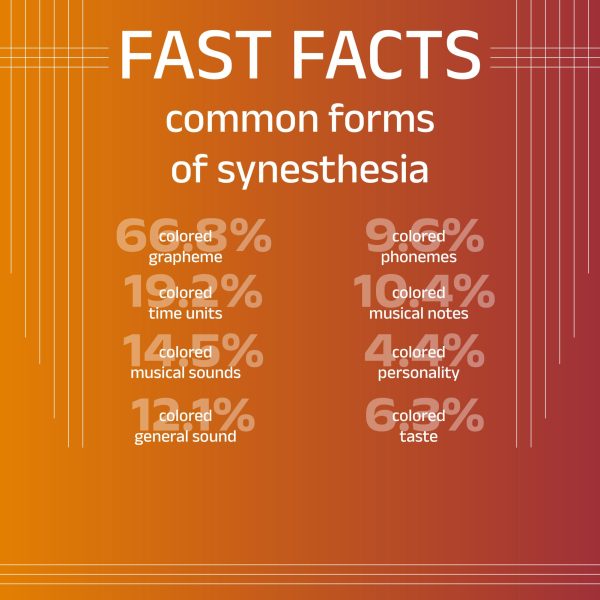
Richards’s synesthesia makes him appreciate the complexities of this world, something a lot of people take for granted. He has a different way of relating to the world around him. He’s always aware of his position in culture and the dynamics happening around him, never getting pigeonholed into an egocentric mindset.
Though Gerken sometimes feels like a spectacle, getting asked to diagnose people’s colors like she’s a mood ring, she realizes that God grants people the ability to think in different ways.
“Overall, I want people to realize that being different or unique does not mean you’re a spectacle or you’re an outcast,” Gerken said. “Because at the end of the day, everyone is created beautiful and unique. And God wants us to see that.”
According to Corrow, there’s an obstruction of research around synesthesia due to everyone’s experience with it being vastly different.
Though Gerken and Richards may differ in their perceptions, they still confide in each other by texting back and forth about synesthesia, allowing them to relate to and understand another colorful mind.

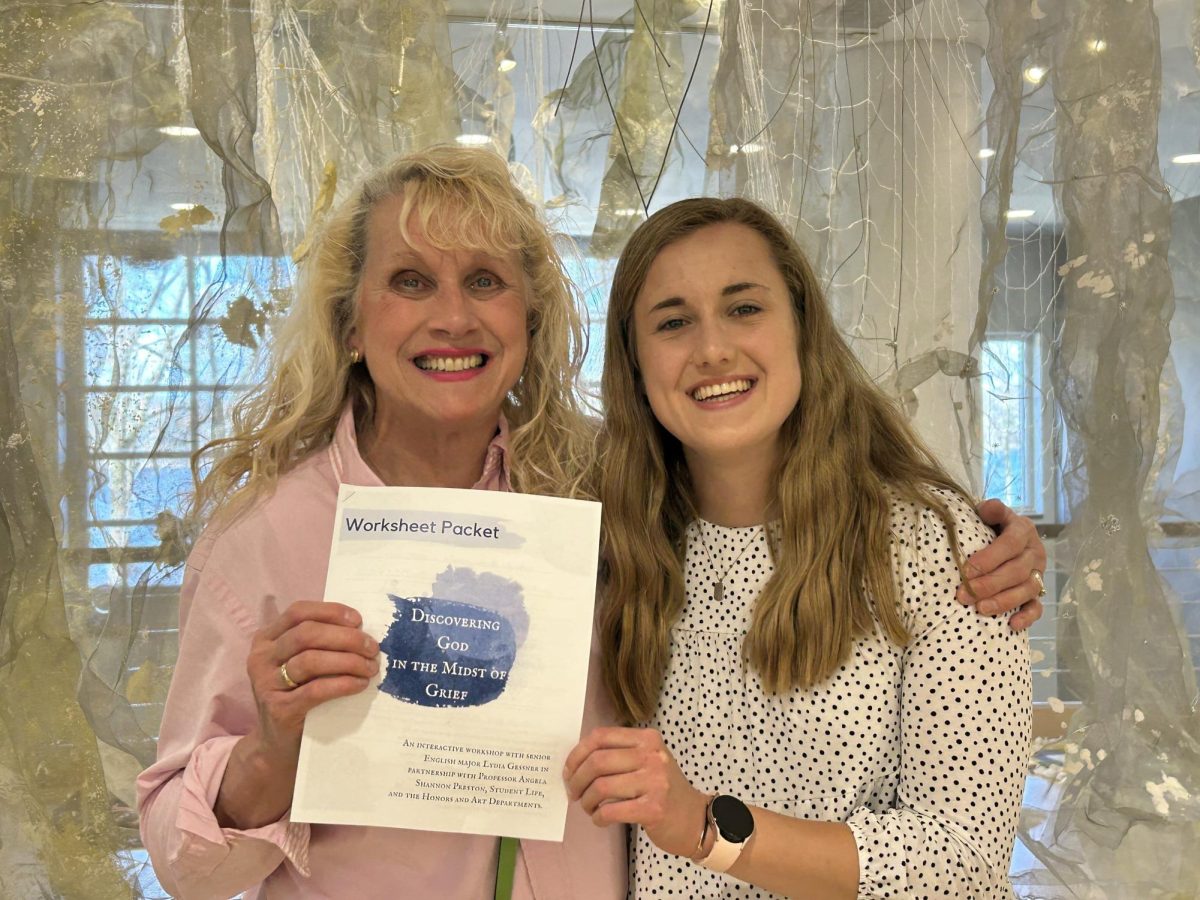
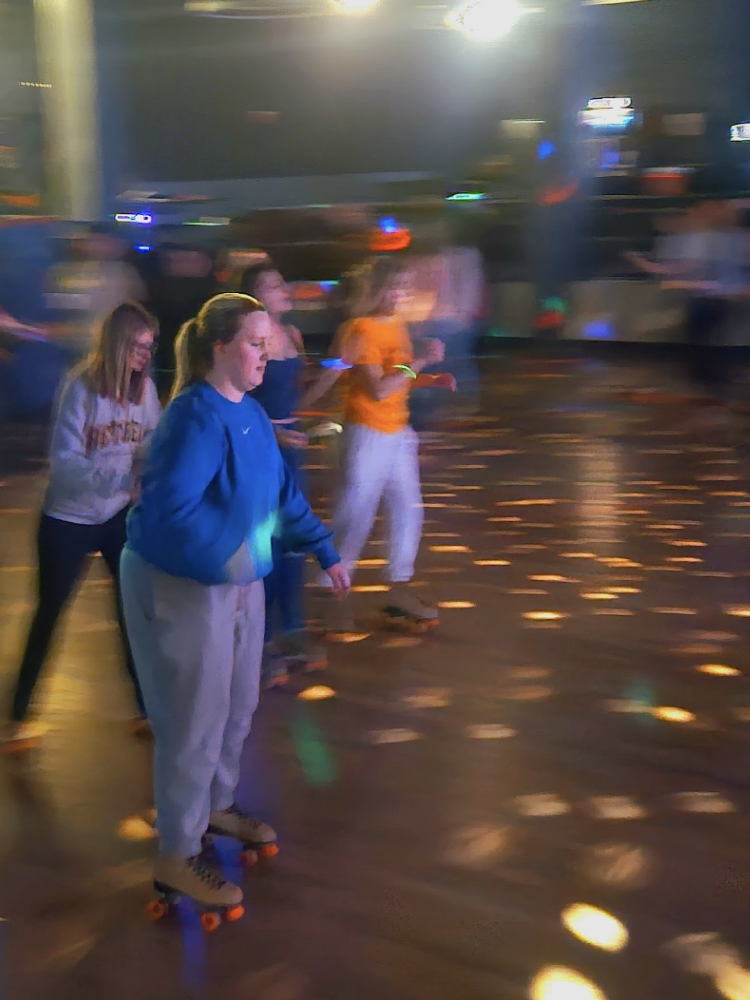
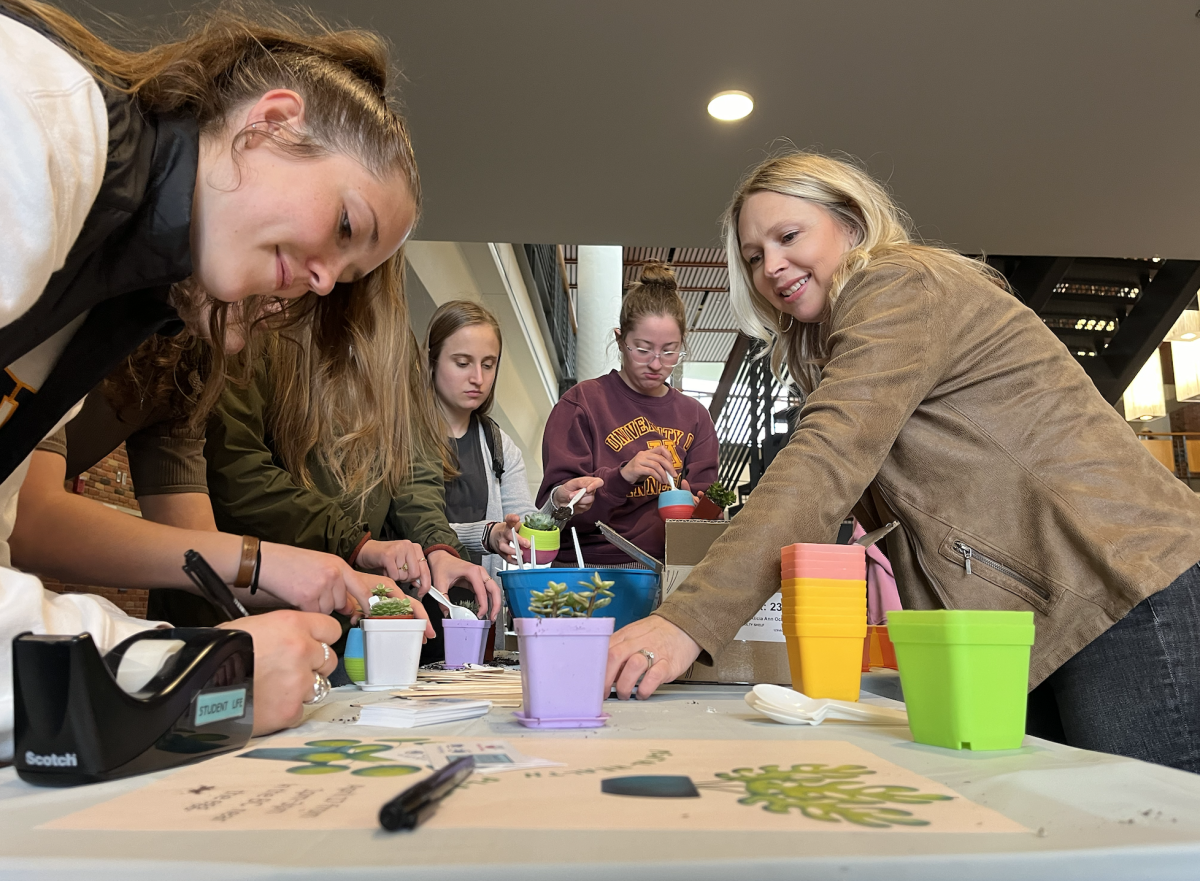
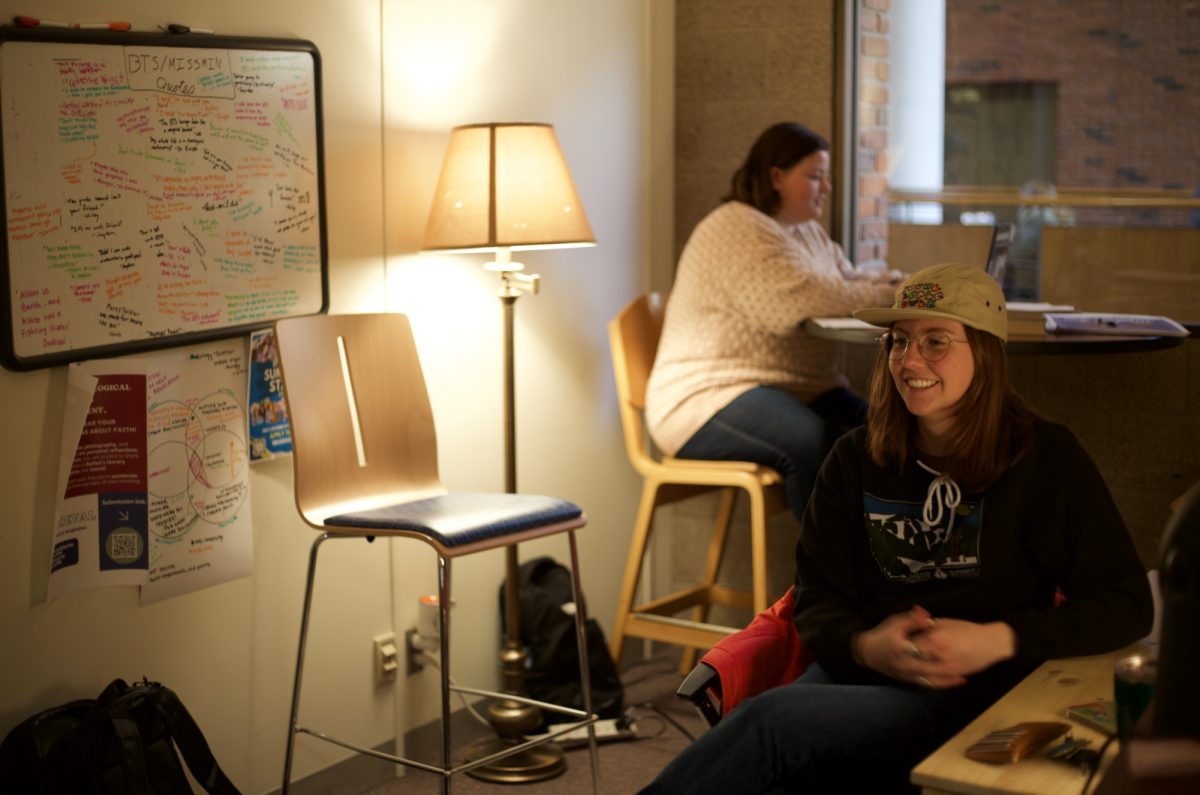











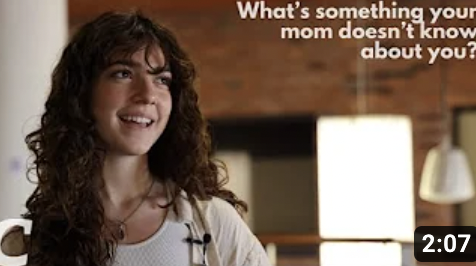









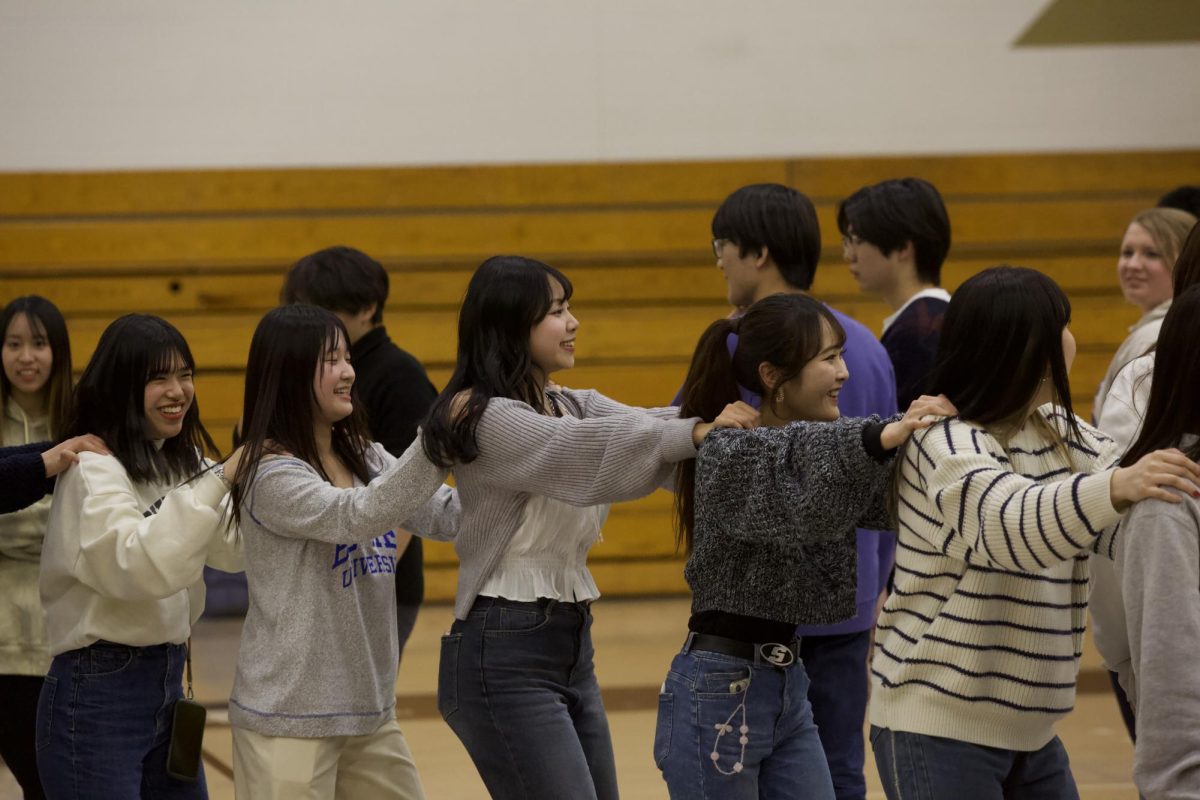
![Sabates talks with students near the front row in HC414 Feb. 15. About to start a psychopathology class discussing biases, Sabates asks how students are doing. “My favorite moments are the informal times [with students],” Sabates said.](http://thebuclarion.com/wp-content/uploads/2024/02/240215_Haveman_AngelaSabates_02-1200x800.jpg)

